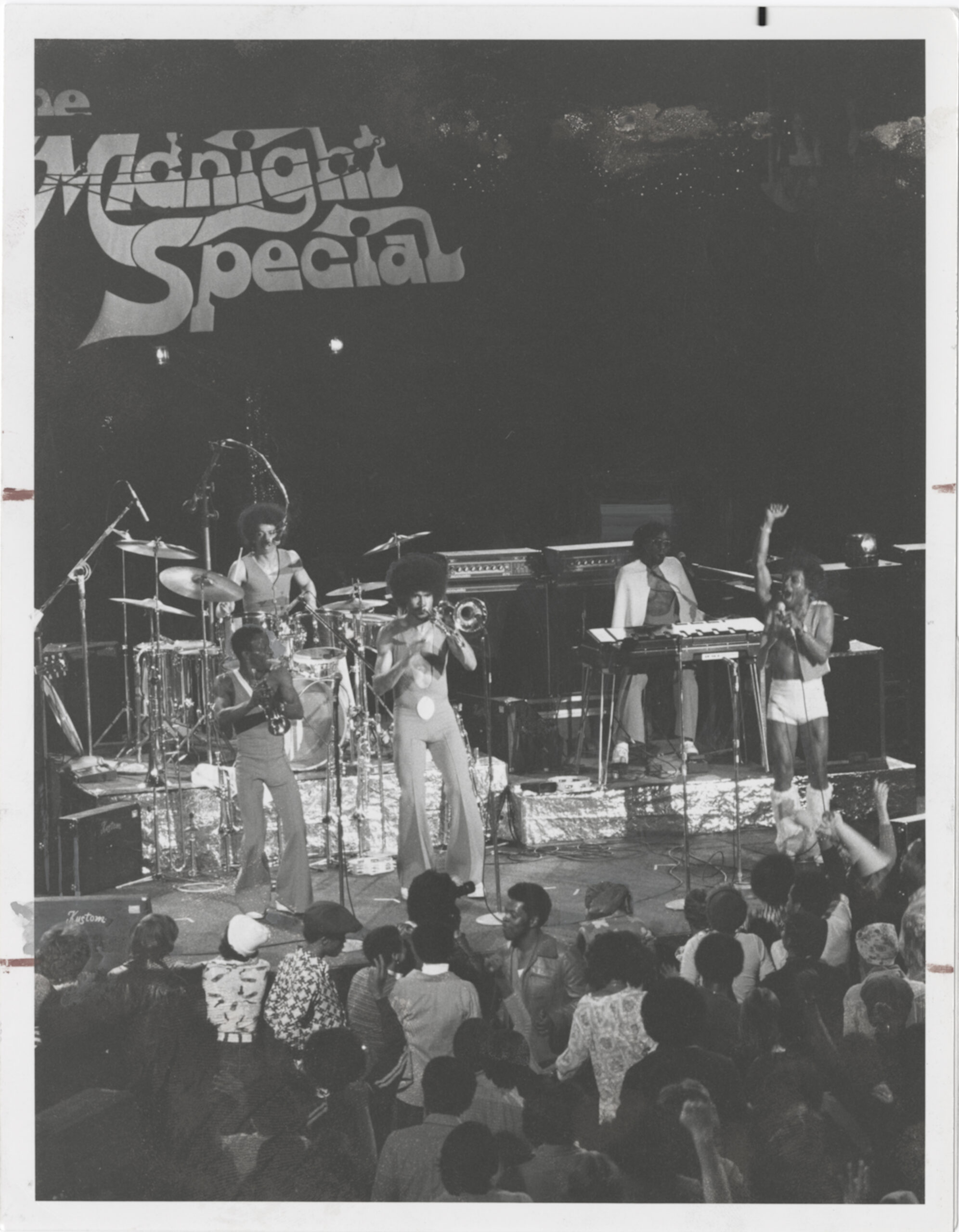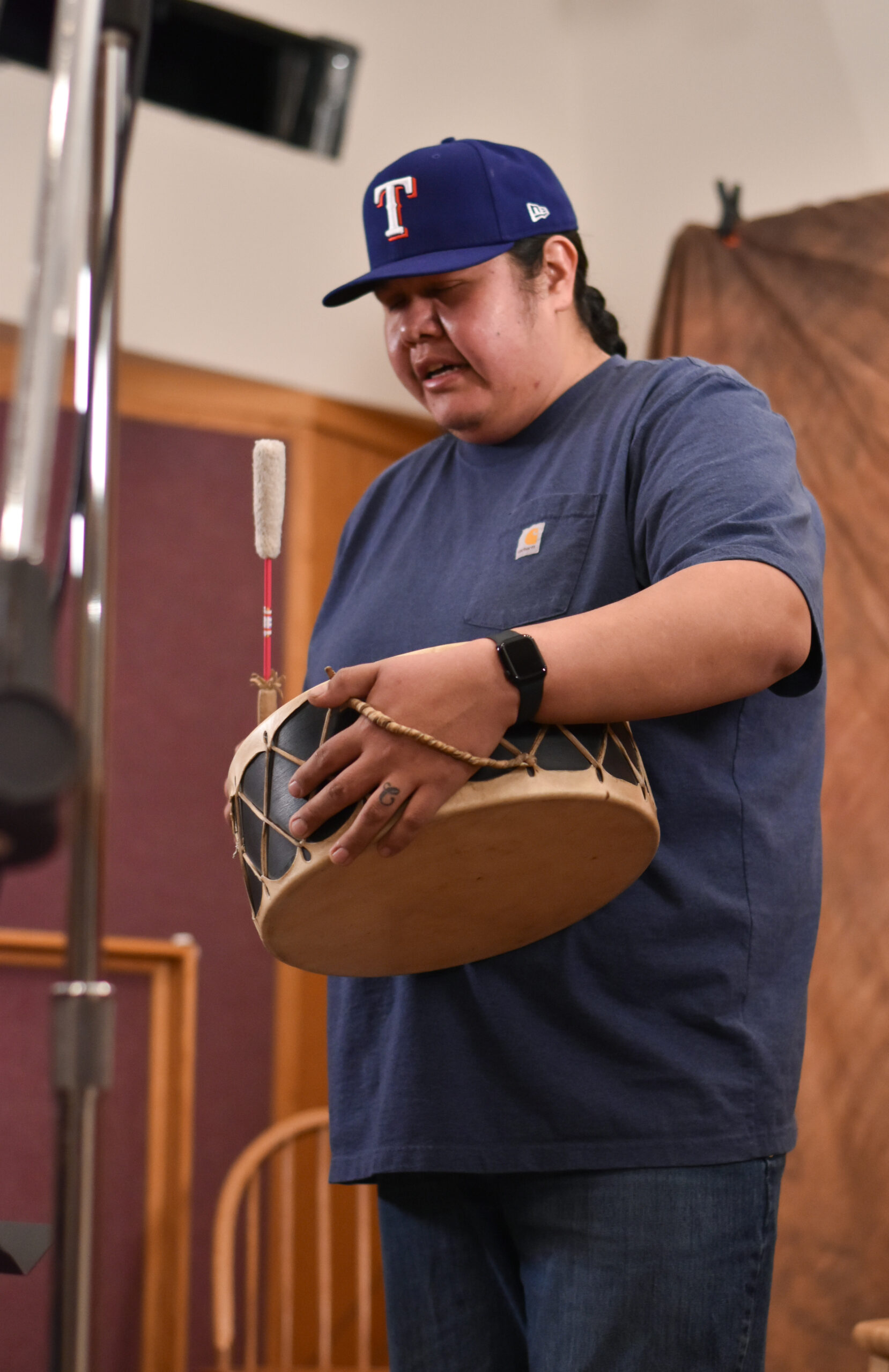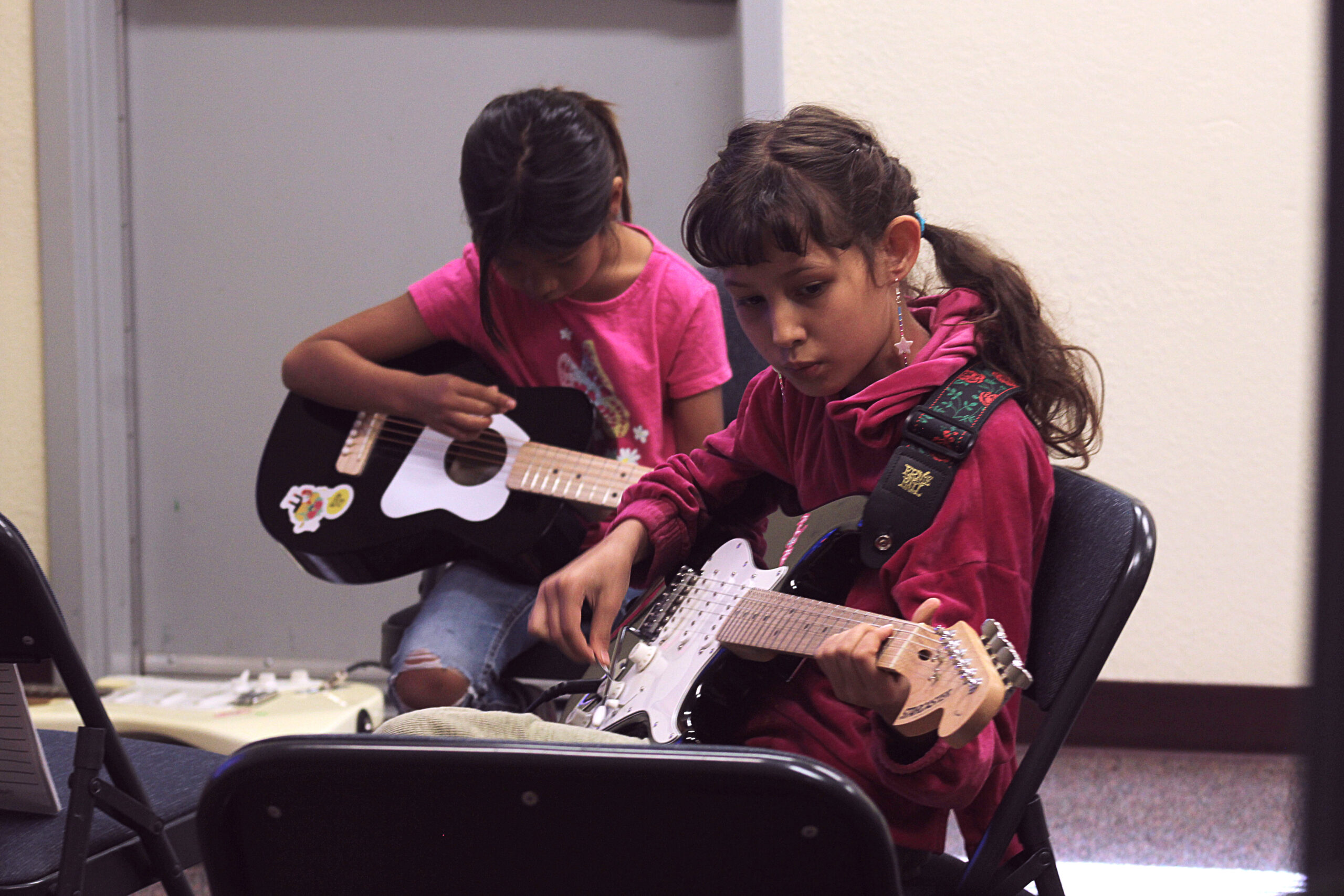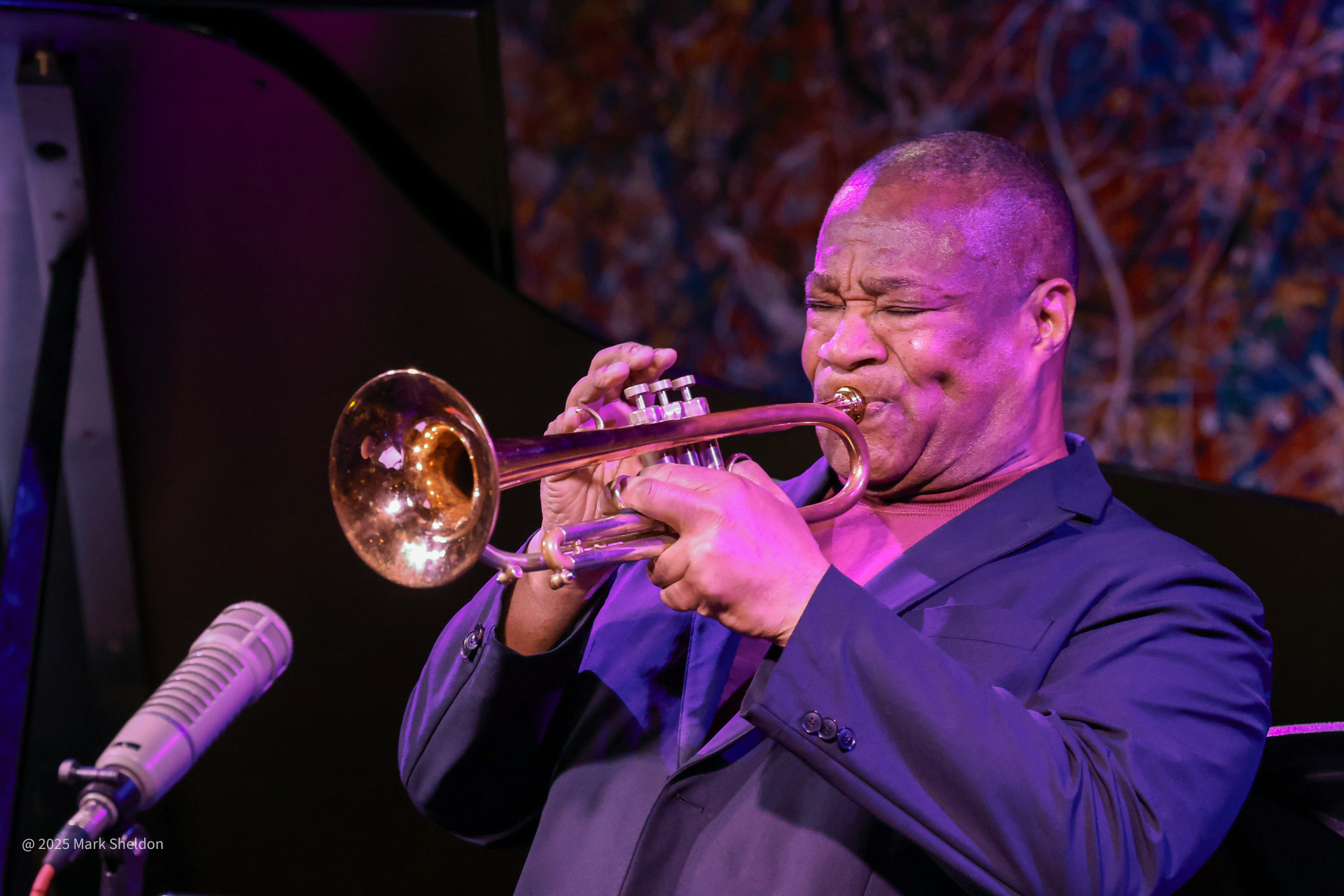Cities and towns in Illinois, Indiana, Iowa, Michigan, Minnesota, Ohio, and Wisconsin are hosting hundreds of free musical events on Saturday, June 21 as part of Make Music Day.
It’s a global, grassroots celebration of the everyday joy of making music—any music!
To mark the occasion, we’ve rounded up six stories that celebrate the Midwest’s musical makers and rich musical histories. Think of it as a little nudge to make some music of your own this weekend.
Check out Make Music Day for event listings in your city.

1. How Ohio Funk Changed the World of Music
The Great Migration, which saw millions of Black Americans move north during the early to mid-20th century, led to a flowering of musical movements across the Midwest. It led to Chicago blues (think Muddy Waters) and the Minneapolis Sound (think Prince).
In Ohio, there was funk: insistently rhythmic, flamboyantly fun, and forward-looking in its use of audio effects. Artists like Ohio Players, Zapp, Lakeside, Faze-O, Sun, and Slave came out of the Dayton area and hit airwaves across the country in the 1970s and ’80s.

2. Over 100 Years in the Making: The Lakota Song Repatriation Project
In many Indigenous cultures, ceremonies and traditions are paired with music. You cannot have one without the other. The beat of the drum represents the human heartbeat. The song is the prayer. The language is the foundation of those prayers.
But what happens when the language—and with it, the songs—is disappearing?
A Lakota language revitalization project in Bismarck is working to keep these important vocal traditions alive.

3. Bare Feet and Banjos Meet at Woolsock, a Winter Festival
Woolsock is an annual celebration of Midwest winter—and the dancing, old-time music-making, and community building that can (and does) still happen in the gray hues of early January.
Participants play and dance to old-time music, whch has roots that span across Africa and Europe. It often features the fiddle, banjo, harmonica, upright bass, and maybe a harmonica or mandolin.
North American old-time music comes with its own unique culture of accompanied dance like square dancing and clogging. Songs carry stories and traditions, and get you moving.

4. Rock The Rez Brings Power Chords to Indigenous Kids in South Dakota
This rock camp aims to empower Indigenous girls, two-spirited, transgender, and gender diverse youth in a safe space where they can raise their voices—and crank the amps.
The program also ensures that campers connect with musical role models within their own communities.
“We try to invite one local Indigenous band per day of camp for a lunchtime performer,” explained Matson. “The campers are always really excited to meet them, and then you say, ‘This person lives here, lives in this place where you live.’”

5. Meet Todd Perrine, the DJ Helping to Sustain Toledo Nightlife
Step into Wesley’s Bar and Grill in downtown Toledo on a Friday night and you’ll find it packed with people in their 20s, 30s, 40s, 50s and 60s moving to a soundtrack unlike anything else playing at surrounding establishments.
Through the crowd, which reaches between 200 and 300 people most weeks, you’ll find Todd Perrine—AKA DJ Sandman—the proverbial man behind the curtain pulling the strings, crafting in real-time the musical mood that carries the night forward.

6. Midwest Made: New Local Music to Add to Your Playlist
If you had an embarrassingly meager number of Midwestern artists on your year-in-review playlist, this one’s for you. We scoured the internet (and your hot tips) for the best new Midwest-made music to listen to in 2025.
Here’s a sampling of artists from the Dakotas to Ohio.
